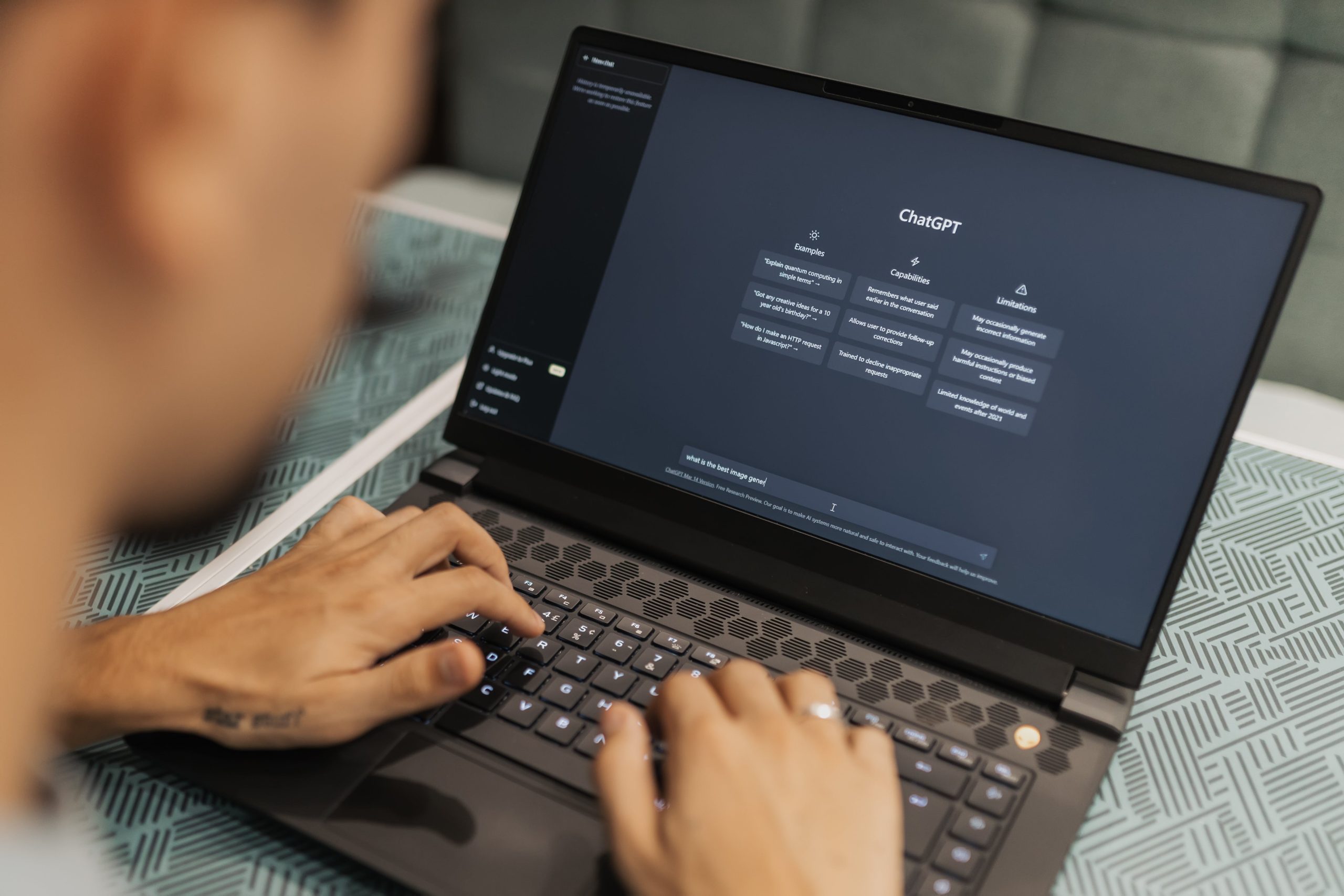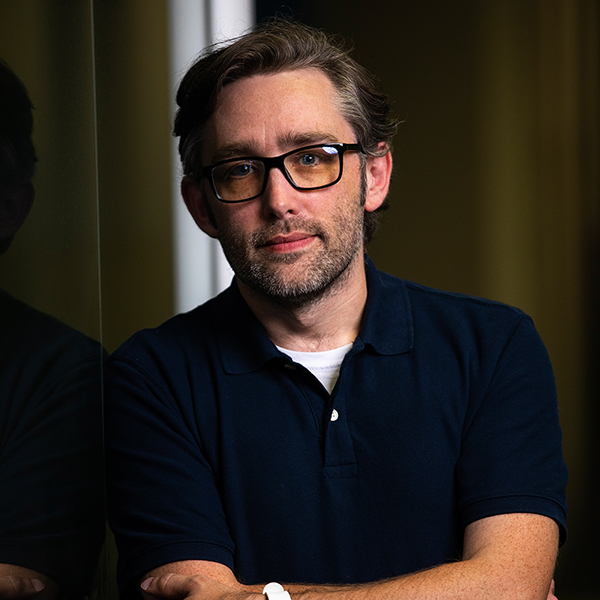Photo by Matheus Bertelli
With the AI landscape shifting daily, it’s hard to ignore the incredible advancements technology can make on your work. Everyone is noticing, especially the companies and organizations that we work for and with. Right now, 55% of organizations that already use AI said they use generative AI most for marketing and communications. (Source: Gartner). By the end of 2024, and likely year over year, that number will continue to increase.
It’s easy, though, to be overwhelmed -perhaps constantly- with the number of tools out there, each ready for you to use and all proclaiming to be the best. With thousands of options and a growing curiosity (and perhaps reluctance) to embrace AI plus the increasing juggernaut of pressure from industry forces to adapt or perish, it’s no wonder that decision paralysis can set in swiftly. How work is performed in traditional marketing, communications, and design roles immediately shifts, expands, and contracts relative to what happens in the AI world. Adaptation, subsequently, begins to take on many forms and facets, most of which do not necessarily provide a clear direction, resolution, or conclusion. Decision paralysis becomes adaptation paralysis. Time progresses forward as a steady and strong current that instead of carrying you along with it, leaves you slower in its wake than you were before. The overwhelming feeling of not keeping pace (or being able to) inflicts a scaling strain that, if you’re not adapting at all, let alone at a snails pace, then questions the purpose of adapting in the first place. It’s easy to get caught up in the new and the next. For marketers, communicators, designers, and so many others – it’s all just a part of the job and we don’t have time to be still.
The core thought of this conversation shouldn’t be how does AI make someone produce more quantity of work or even generate incremental quality improvements or provide better results for a client, product, or whatever. It’s not just about cranking out more work or slightly boosting quality—though that’s all I seem to find when I’m scrolling through X (don’t even get me started on that platform).
The core thought should be “what is the key to AI helping us maintain and increase our creative capabilities within our work and through that process helping us expand our potential and thrive within this unique collaboration?” If you have discovered this for yourself, then you’ve hopefully avoided any future decision or adaptation paralysis that gets so many of us.
When all of the AI tools available to us start to produce similar results – consistently – then we have a responsibility to call out the homogeneity of it all. If it’s all the same, then it becomes spam. If everything is the same, then nothing is unique. Our audiences get wise, recognize the patterns, and disengage accordingly. What creative professional, be they in marketing, communications, or design, wants to produce work that is homogenous, boring, static, still, complacent, uniform, the same, a stereotype, a cliche, not unique, not meaningful?
Our creativity directly shapes the AI tools we use. Inversely, our creativity is shaped by the tools we use. It’s an endless and growing single line loop that weaves in and out of itself that always maintains connection. With visual metaphors like this, it’s easy to see what people stress out over AI and how it will affect their professional lives and creative works. But, coming back again to the core question – how can we use these tools to thrive within our creativity?
By thinking divergently.
Just because an LLM can generate an image or video or written piece based off of a short premise or even a detailed prompt doesn’t mean we have to follow the content that is distributed to us. Of course, many people curate their work – but I’d suggest that most don’t – and this causes significant friction within the marketing, communications, and design fields with respect to producing high-quality creative that resonates, transforms, and endures. You know, the good stuff, the meaningful and the memorable.
I would encourage you to think divergently about those results and instead of using them let them serve as a layer of inspiration that can lead you to develop your own uniquely creative ideas, stories, and voices. For example, when getting prompt results, I often think about “if this, then that.” If I prompt Chat GPT to produce a storytelling concept for me, I review each story beat and manually break it down into bullet points documenting the architecture of the output, identifying the character, setting, inciting activities, struggles like conflicts, problems, the crisis, climax, resolution, and more. From here, I create a second list of bullet points that state the exact opposite of what was proposed by the AI. It can be frivolous, fun, or even ridiculous but through this baseline inspiration, I’m able to find a unique outcome that can be so very different from anything else I’ve read or observed.
Another technique is to “just say yes/just say no” by reframing each bullet point into a set of questions where each answer requires a yes response and a no response. You can then either mix up the yes/no responses across a singular timeline or stick to strict yes beats or no beats across that same timeline.
Yet another technique is to pivot from the creative and focus on the data, which is the focus of my Keywork presentation in the video above. A few members of the University of Pittsburgh’s Health Sciences Strategic Communications team, led by myself, embarked on a transformative project called The Keywork, with the aim to build brand identities for its six health sciences schools using ChatGPT. We faced challenges due to the massive size of our organization and the need for rebranding and positioning in the health community. To optimize the process, we used Chat GPT for qualitative data analysis, focusing on sentiment discovery and language analysis. By analyzing five years’ worth of content, we identified brand pillars and produced content that reinforced those pillars. We used AI to crunch data, not replace human creativity and at only minimal levels influence that creativity. Through the Keywork process, our goal of optimizing capacity to free up time for creative work was met with success.
The key to creating truly great work does not exclusively lie in the AI tools themselves – it lies within us. We use all kinds of tools to bring our vision into reality and AI tools are no different. So, these are some of my thoughts on AI-infused creativity. What is the key to making your work successful when working with AI? I’m really excited for the future of creativity especially when we’re able to fully realize the potential of AI in a harmonious process that is led by human connection, curation, and creativity.
 About The Author
About The Author
RJ Thompson, MFA, SMS, CDMP is an accomplished marketing, communications, graphic design, and education professional, currently steering the digital strategy ship at the University of Pittsburgh Health Sciences division. With a rich background that includes directing digital marketing and fifteen-plus years teaching design, marketing, and advertising in higher education, RJ brings a wealth of transformative experience to his clients and to his students in the classroom. Recognized for his creative prowess, RJ has garnered many awards, grants, and honors, showcasing his commitment to the intersection of marketing, design, and creativity. As the Immediate Past-President of American Marketing Association (AMA) – Pittsburgh and current Program Director of American Institute of Graphic Artists (AIGA) – Pittsburgh, RJ continues to shape the practices and principles of the creative professions.


 About The Author
About The Author
0 Comments